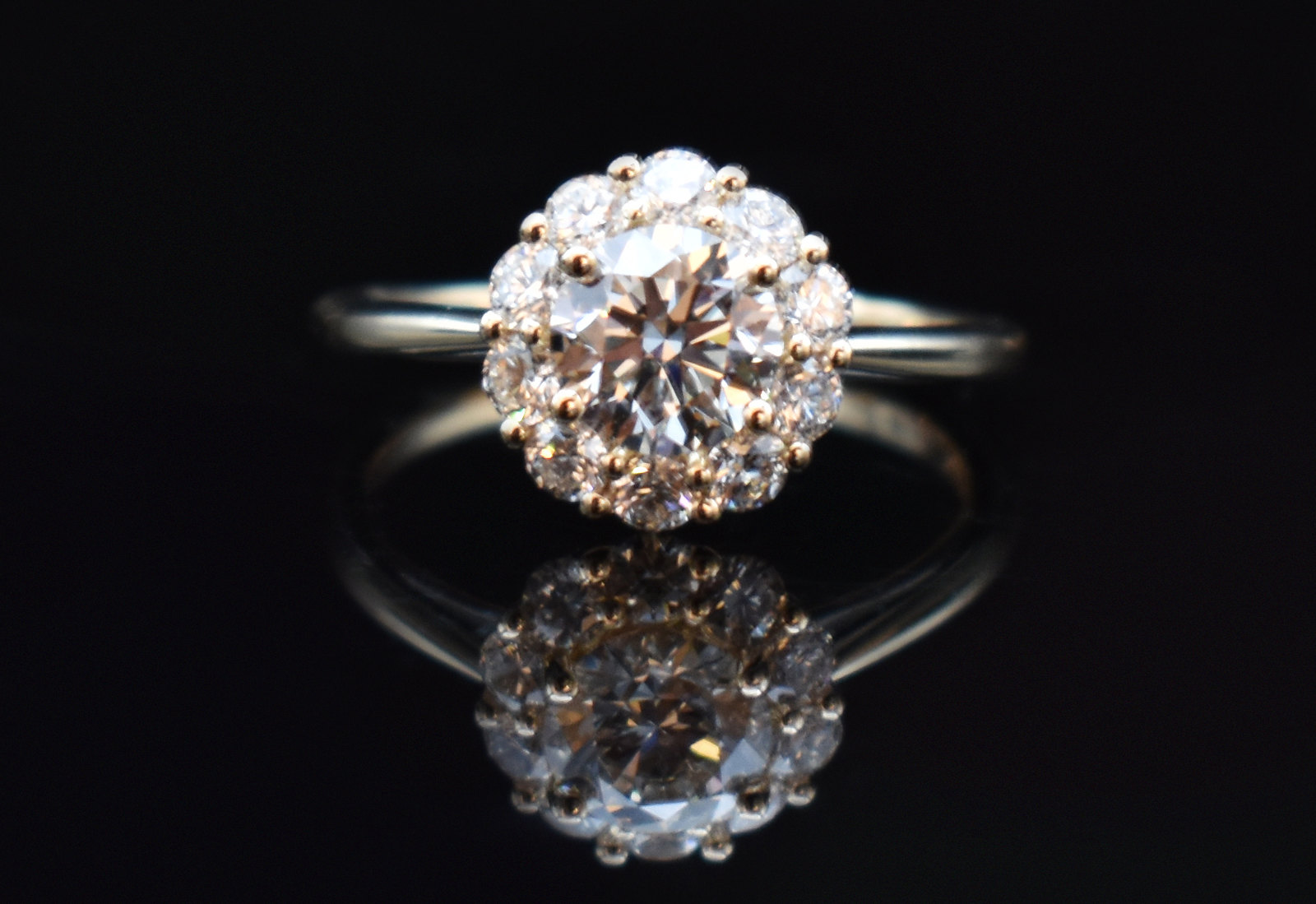
FASHION At 26, Dominique Flux of Fine + Flux has already proven herself to be a skilled fine jeweller, having worked behind the scenes on other brands before starting hers, and she’s prepared to pull her entire industry up to practise what it preaches. Jack Yan speaks with her
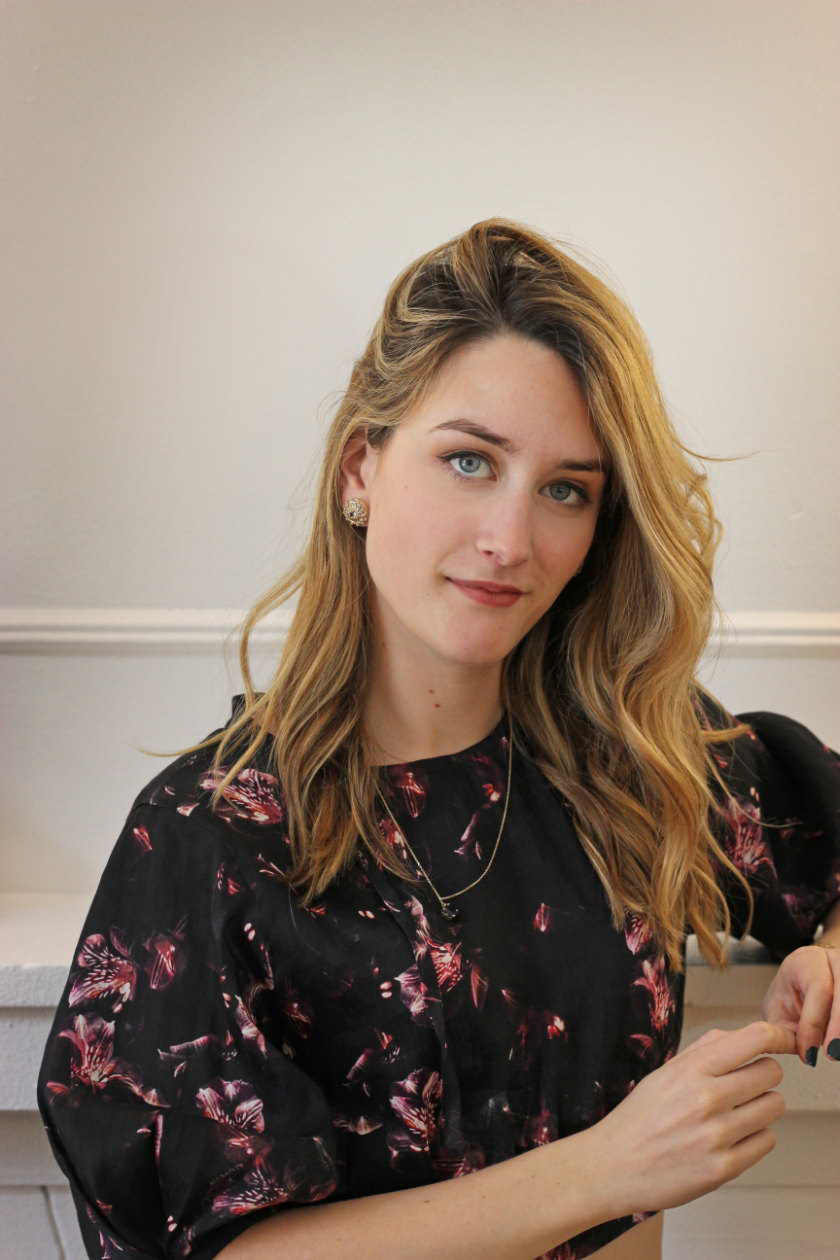
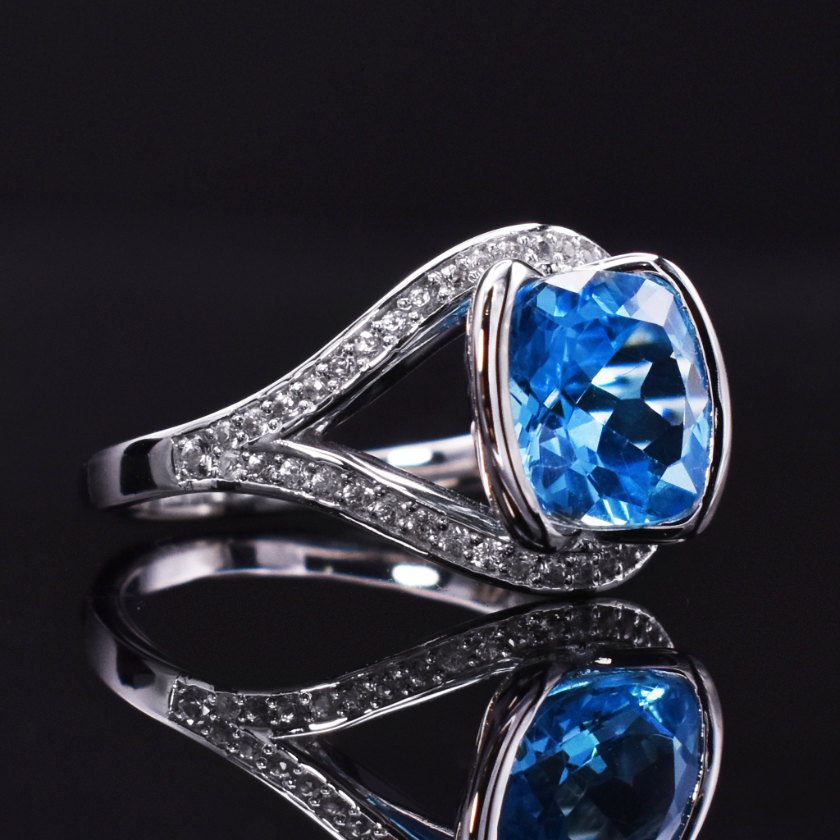
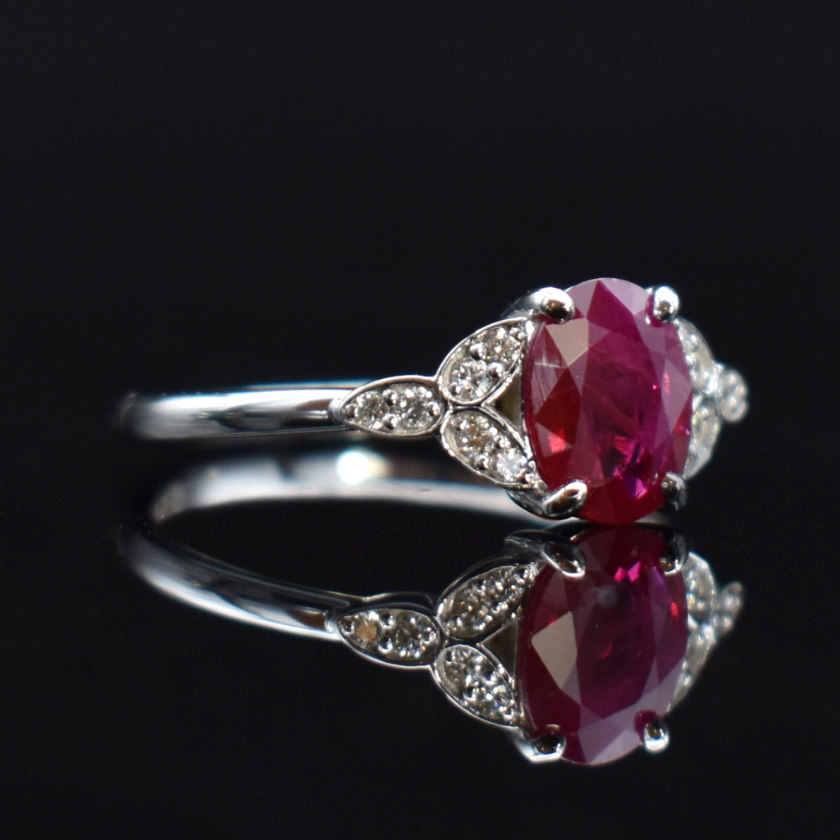
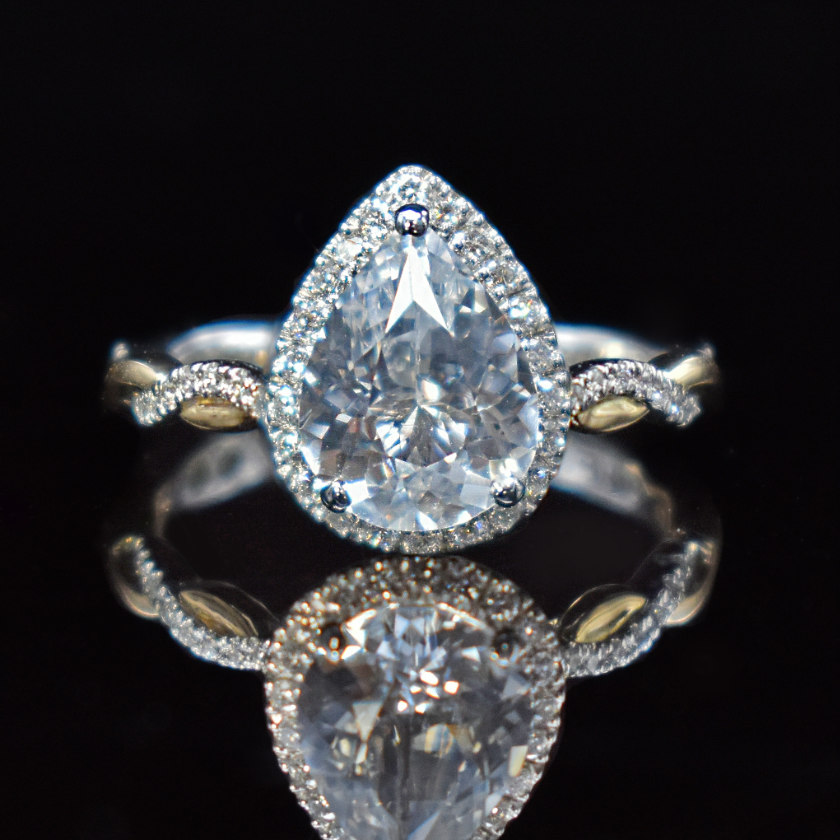
Dominique Flux’s Fine + Flux jewellery brand in Montréal, Québec, brings together many ingredients for success in the 2020s: a commitment to ethically sourced materials, design originality, and a youthful passion. Flux—her ‘stage name’, as she put it, as she was born Dominique Nicholson, also has a successful YouTube channel discussing her designs, as well as featuring useful buyers’ guides. Her fine jewellery designs are full of wonder and delight, with custom commissions a speciality, where she works closely with the customer in a transparent and enjoyable way. She has achieved this in her 20s, and is already a well respected jeweller with a loyal following.
With jewellery meant to last a lifetime or more, Flux understands the importance of designing something that’s perfect for a customer. Engagement rings obviously rank high on this list, but Flux also creates cremation jewellery, where the ashes of a loved one or pet are inserted inside a jewel.
Her approach to her own designs is, in her words, ‘luxury mixed with movement.’ She adds, ‘I love the flow of organic movement within metal, giving more life to a design. We try to show richness within the use of golds in contrast to coloured gemstones.’
She also believes in reasonable pricing, and with commissions, she respects a client’s budget and finds the best materials. ‘Clients never have to spend more than they’re comfortable with,’ she says, but she admits that those who do commission work ‘like to flaunt them!’
Montréal was a natural home for Fine + Flux, though Flux says she had not realized just how fashion-focused the city was till she travelled. ‘We have a flair for fashion and we show it!’ she says. But overall, there is a conservatism among Canadian customers and she sells more in the us.
Growing up in Québec City, Flux says she was artistic from a young age, but as so many did, she had come to believe that going into an artistic profession was ‘a bad career choice. That you cannot make money in artistic fields,’ she recalls.
‘After high school, I tried to get my prerequisites at Dawson [College, in Montréal] to transfer into a physiotherapy course … I found myself trying to do everything I could to end up with a “better” diploma.
‘I’m very smart, but I’m not textbook-smart. After a few months I realized that six to eight years of intensive schoolwork was not for me. I honestly did not know what I was going to do, so I took a break and during that time enrolled at the jewellery school of Montréal. This is where I discovered my passion for fine jewellery and founded my first business!’
The course suited Flux far better, with a more hands-on approach to learning. She studied there for three years, including an additional year in 3d design, along with a ministry exam to confirm her qualification. ‘Most people don’t know this but probably 97 per cent of all jewellery today is made in 3D design. This is why three years into attending jewellery school, I specialized in 3D. Because most jewellers don’t know how to work in 3D or are very limited in their abilities. So they have to hire people like me to make it for them.
‘I never wanted to have someone produce my jewellery for me. You will always see the style of the 3D designer within the results of the final piece, which is why it was very important to me to create my own designs.’
Only three months in to her final year of 3D study, she landed a job at Ecksand, a Montréal-based jeweller who recognized Flux’s talents in the digital medium. ‘I was able to pick it up and surpass my peers very quickly. Of course, when they hired me, I was doing simple pieces; however, within a short period of time I was designing collections and creating their custom jewels for their clients.’
Her time at Ecksand gave her an valuable lesson. ‘The most important thing I learned from working there was the importance of marketing. I saw much better brands with nicer jewellery and designs fall behind because they could not get their jewellery in front of an audience.’ Flux kept this in mind with her own label, and has more people work on marketing than on production.
She continued to work on side projects with her own business, while growing her social media presence. ‘I actually started off in high-end gold body jewellery, but after two years or so, realized this was not my passion,’ she recalls. ‘It was during my time freelancing for other jewellers that I realized my potential in high jewellery. It was also a pleasure creating custom pieces for people because they hold so many stories and personality [that] you just don’t see in jewellery businesses that mass-produce products.’
At age 23, three years ago, Flux began working on her newest business, Fine + Flux. (There are still references online to Clusterflux Jewelry, a forerunner to the current label.) Already her age and gender stood out, in an industry that is predominantly over 40 and male, she says. She explains: ‘What people don’t realize is that the jewellery industry is divided into two segments: you have fashion jewellery [prices under C$500] or you have fine jewellery [prices over C$1,000]. Fashion jewellery is mostly run by young women but fine jewellery is mostly populated by older men. If there is a woman working behind the counter, it’s probably their wife.
‘So, clients had a very reinforced stigma of who they should be buying their engagement rings from. They would see my young face and lose all confidence, even though behind the scenes I was the one designing and making the rings of these business owners.’
Flux then had no choice but to demonstrate her knowledge in fine jewellery, and this is where her public, “stage” persona emerged. ‘I create educational videos on our Instagram and long-form versions on our YouTube channel, Dominique Flux. This really showed people that I know what I’m doing and gave me a chance to show my ever-growing portfolio, so people could see the quality of my work!’
That leadership also meant exposing truths about the industry, something that her competitors might not welcome. In one video, Flux alleged that 90 per cent of companies in the industry misrepresent their products, including making themselves sound more socially responsible when, in fact, they merely adhere to the minimum practice allowed by law.
contined below

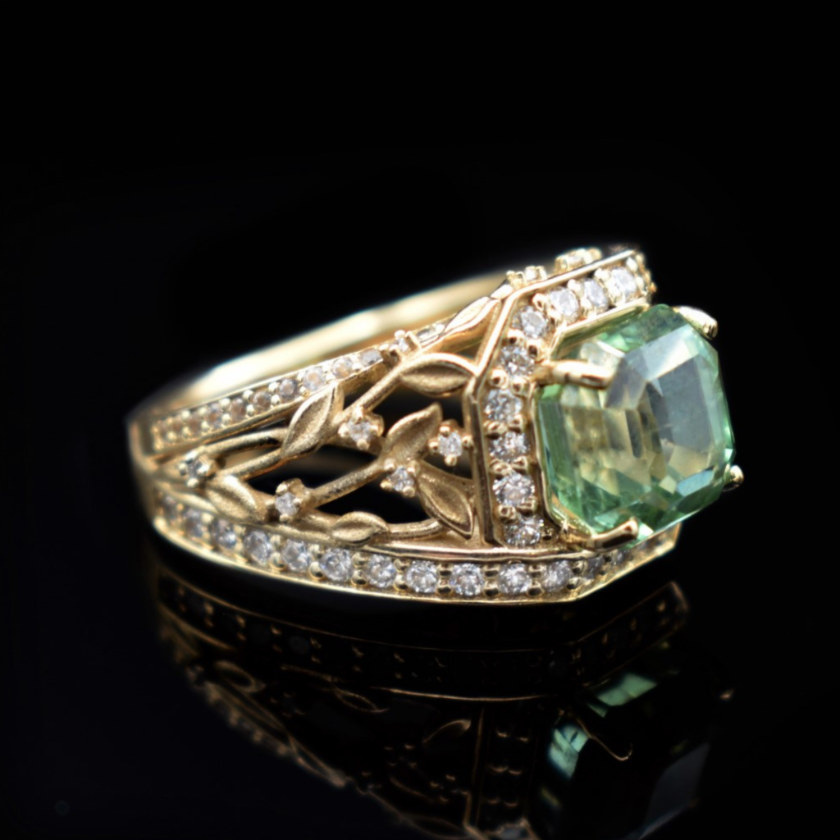
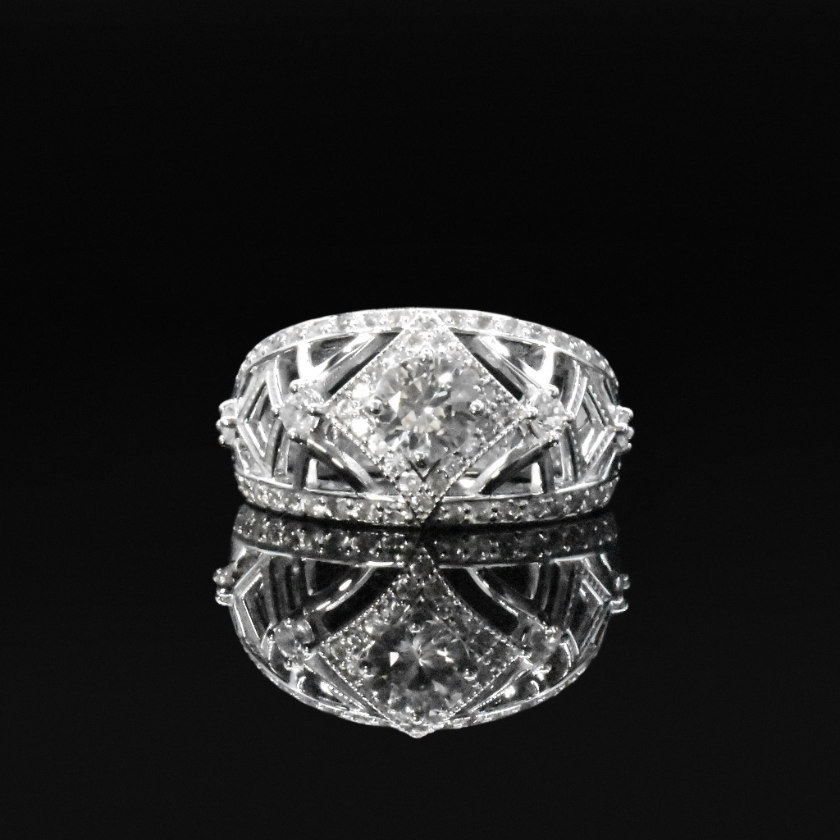
Flux elaborates: ‘There is so much misrepresenting and greenwashing within our industry. From a business point of view, we know that our main target audience, especially for engagement rings, are people within the ages of 22 to 40. We also know that millennials care about the environment and where their products are coming from. This is why fine jewellery companies have started to find ways of appealing to these criteria in order to increase sales.
‘But you, as a consumer need to make sure you are getting what you’re paying for, because you will be paying a premium when buying these products. It is too easy for companies to generalize terms such as sustainable or ethical in regards to the materials they use. But do keep in mind that any ethical purchase is guaranteed to come with the paperwork or at least a paper trail of receipts so you can trace its origin. This means that when companies say things like “made with ethical gemstones”, they should be able to provide you with all the invoices for every stone within that jewel. Or another common example is, “sustainably made”, but when you see the jewellery, it’s gold-plated, meaning it has a lifespan of only six months to a year before the plating wears off and is thrown in the garbage.’
The issue only gets more complicated with ethical stone options and lab diamonds, says Flux, and she says clients need to do more research, including using sources that aren’t trying to sell a product. ‘I have been in the engagement ring industry for a few years now, and share a lot of information on these topics on our YouTube channel, where we go more into depth. The one thing I will say is, if anyone tries to sell you a lab diamond, be aware that it is, because we make more margins selling you lab then natural and it is definitely not a good purchase.’
She goes further: ‘I would never feel comfortable selling synthetic to a client. They don’t hold their value and the sustainability aspect is incohesive with the means of producing them, let alone the fact it does not give back to the community.’
With gold and metals, she says it is easier to see the certification. ‘If it is recycled, fair-mined, or conflict-free (standard within Canada), you can always ask to see these certificates or receipts. Make sure the company being bought from does sell these products and the dates are relevant. Jewellery brands should always be able to provide you with these basics,’ she says.
Consumers appreciate Flux’s honesty and frankness, although she says she is waiting for a cease-and-desist letter from a competitor. She frequents industry forums, and has observed stories and videos exposing companies making false claims of sustainability being deleted from the web. ‘These companies have even been paying clients to take down bad reviews and making them sign NDAs to stop any negative press,’ she alleges. ‘So seeing how my competition is handling their current problems, I am sure that once my brand grows, along with my audience, it could become problematic.’
Flux, meanwhile, continues to work at her craft, ethically and honestly, capturing more attention as her business and influence grow. Her immediate goals are to grow her YouTube channel and Instagram (@fineandflux). Transparency is a much-valued asset in any industry, and she is happy to use it to make hers better—a welcome move, especially in fashion and jewellery where big players try to control the narrative. She sells and accepts commissions worldwide through her website (fineandflux.com). •
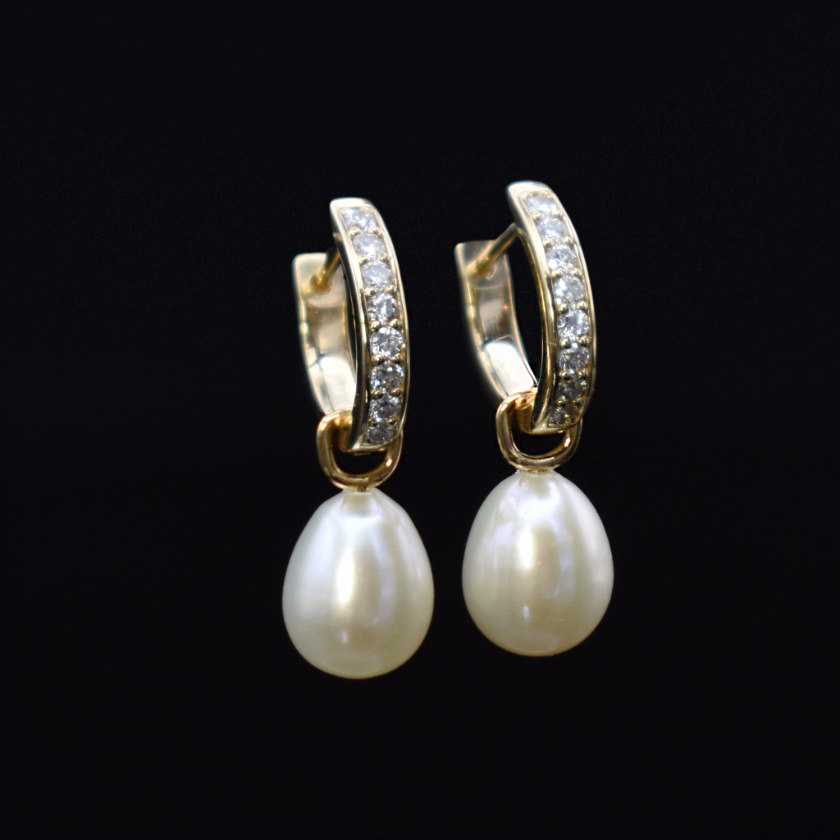
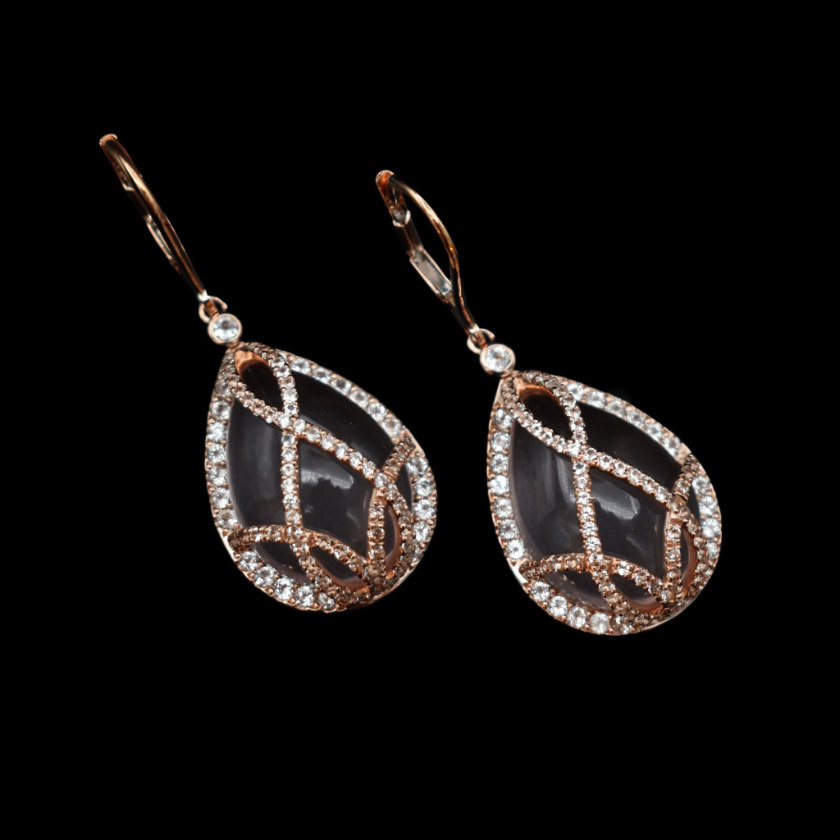
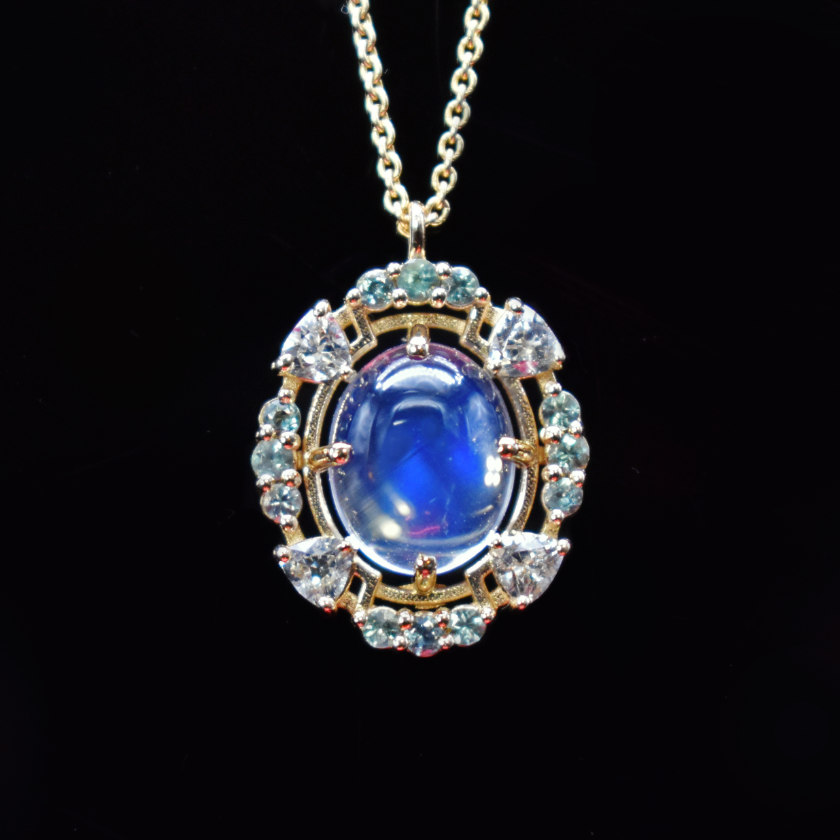
Jack Yan is founder and publisher of Lucire.
Related articles hand-picked by our editors

An authentic zero-waste future
Un avenir zéro déchet authentique
German designer Natascha von Hirschhausen tells Jack Yan about her ‘radically sustainable’, transparent approach to fashion design and jewellery
La créatrice allemande Natascha von Hirschhausen expose à Jack Yan son approche
Photographed by/photographié par Kerstin Jacobsen
From issue 44 of Lucire and the April 2022 issue of Lucire KSA
Dans le 44e numéro de Lucire et le numéro de l’avril 2022 de Lucire KSA
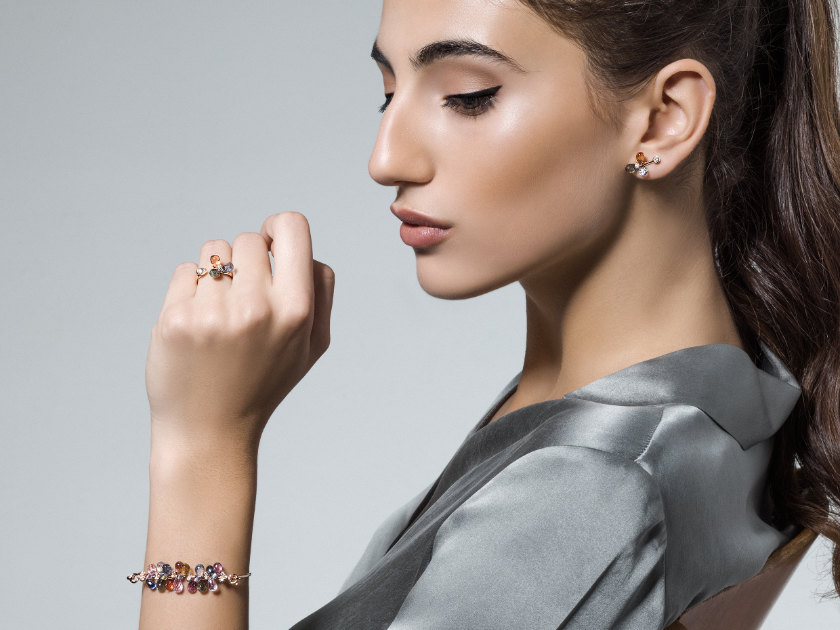
Timeless and meaningful
Qurratulain Wahab meets up with one of Saudi Arabia’s leading jewellery designers, Nadine Attar, who talks about the process of crafting unique, timeless and highly personal pieces of jewellery inspired by nature, spirituality and Arab culture
From the March 2019 issue of Lucire KSA
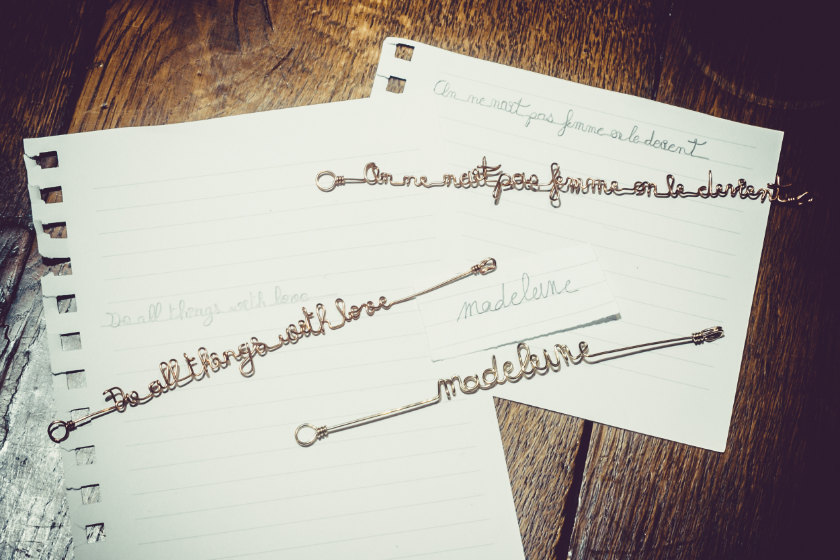
Le fabuleux destin d’Atelier Paulin
Jack Yan speaks with Anne-Sophie Baillet, whose Atelier Paulin creates hand-crafted jewellery, where no two are identical. Its signature pieces are made up of memorable words, created on demand
From issue 39 of Lucire